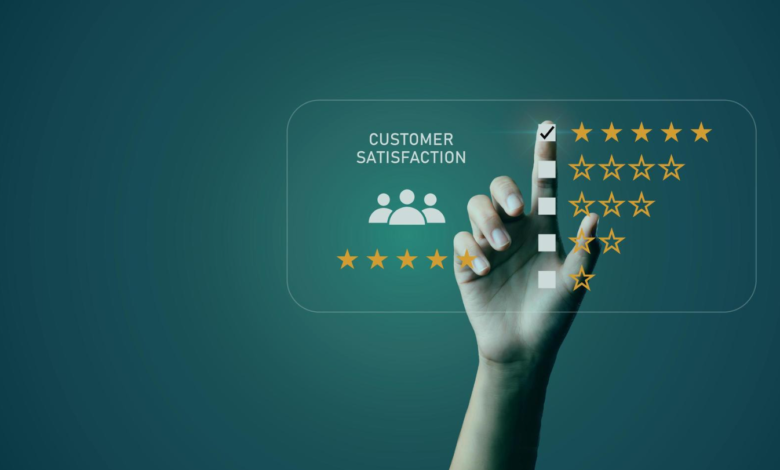
Quality fundamentally hinges on a product’s ability to meet or exceed customer expectations. This concept comprises three essential elements: inherent ability, which reflects unique brand competencies; consistency, ensuring reliable performance; and customer expectation, shaped by prior experiences and marketing efforts. When a product aligns with these factors, it is recognized as high quality, reinforcing perceptions of excellence in the marketplace.
The understanding of quality has evolved significantly since the Middle Ages. Initially, it was closely tied to craftsmanship, where the skill of the artisan defined the quality of the product. However, during the Industrial Revolution, this concept underwent a transformation with the introduction of inspection processes and dedicated quality departments. The 1920s marked the emergence of statistical quality control methods, providing organizations with tools to measure and improve quality systematically. Post-war Japan established robust quality management practices that influenced global standards and practices. By the 1980s, awareness of quality surged in the United States, leading to the widespread adoption of international benchmarks like ISO certifications and methodologies such as Six Sigma.
Transformation Processes and Quality Dimensions
Organizations across various sectors, manufacturing, healthcare, and education; convert inputs into valuable outputs. These outputs can be tangible, like cars, or intangible, such as emotional benefits. It is essential to distinguish between commodities, which are generic items meeting minimum standards, and branded goods, products that carry unique identities tied to brand reputation. This distinction plays a crucial role in measuring quality and service excellence.
High-quality goods can be evaluated through eight dimensions:
- Performance: The extent to which a product meets defined criteria, such as fuel efficiency.
- Special Features: Additional enhancements that add value, like advanced audio systems.
- Reliability: The consistency of performance across different locations.
- Conformance: Adherence to industry standards, including delivery times.
- Durability: The lifespan of the product.
- Serviceability: The ease with which a product can be repaired.
- Aesthetics: Visual appeal, including product design.
- Brand Equity: The perceived quality based on reputation.
These dimensions provide a comprehensive framework for evaluating product quality and help organizations understand what distinguishes high-quality offerings from the rest.
Service Delivery and Customer Experience
Outputs from organizations can be classified as either goods or services. While goods encompass both commodities and branded products, services are often intangible and co-produced with consumers. In many developed economies, services account for approximately 80% of economic activity. High-quality service delivery is particularly vital in experiential sectors like hospitality and healthcare, where emotional connections significantly enhance customer satisfaction.
To improve customer experience, organizations should implement best practices. Measuring quality determinants is crucial for understanding customer expectations, while tools like the Net Promoter Score allow organizations to engage loyal customers for feedback. Taking responsibility for service failures and conducting root cause analyses can help prevent recurrence. However, organizations must remain vigilant; inaccurate measurements can lead to misguided decisions, and equating satisfaction with loyalty can be misleading. Satisfied customers may not always remain loyal, and defensive responses can further erode trust. Therefore, accountability is essential in handling failures.
Achieving service excellence also involves effective job design, which includes standardization for consistent customer experiences, scripting for reliable service delivery, and improvisation to meet individual customer needs. Balancing these elements fosters improved service quality and customer satisfaction. Effective service delivery hinges on interactions between employees and customers. Research indicates that high-performing employees significantly contribute to greater customer loyalty and satisfaction. Organizations should invest in training and equip staff with the necessary tools, empowering them to address unique customer needs while maintaining accountability. Companies like Ritz-Carlton exemplify this approach by tracking deviations from standard procedures to celebrate positive outcomes.
Analyzing Service Delivery and Continuous Improvement
Service delivery consists of a structured sequence of steps designed to meet customer needs, as illustrated by processes like hotel check-in. Managers can enhance service delivery by analyzing the customer journey and understanding the necessary employee actions. Tools for process mapping can help visualize workflows, distinguishing between customer-visible activities and internal processes. This analysis enables managers to identify areas for improvement effectively.
To achieve service excellence, organizations should prioritize identifying and eliminating wasteful activities. Lean thinking emphasizes enhancing customer value through streamlined operations, focusing on value-added activities and waste reduction. Common types of waste include setup time, processing delays, unnecessary movement, and poor quality. Implementing lean principles can significantly boost efficiency and customer satisfaction, as demonstrated by companies like Starbucks.
Variability in service delivery can arise from uneven materials, varying employee performance, and unclear outcomes, all of which can negatively impact service quality. Reducing this variability is crucial for enhancing predictability and identifying problems. Variations can be classified as assignable—due to specific issues—or random, stemming from uncontrollable factors. Managers should focus on identifying and classifying these variations, utilizing statistical analysis to drive improvement.
Long-Term Benefits of Quality and Service Excellence
Companies that prioritize quality and service excellence often see superior returns on investment. This journey demands a long-term commitment but yields substantial benefits over time. Benchmarking studies illustrate the significant impact of quality initiatives, revealing that organizations like GE, Marriott, and Ritz-Carlton enjoy considerable rewards from their investments. By focusing on quality and service excellence, companies can improve their financial health while enhancing their ability to support stakeholders, including employees, customers, and the community.
Ultimately, implementing the best practices in quality management creates a sustainable competitive advantage that leads to long-term success. This commitment not only enhances customer satisfaction but also fosters a culture of continuous improvement, where both employees and customers feel valued and engaged. In a competitive landscape, organizations that embrace these principles will be better positioned for lasting success, reinforcing their reputation and driving growth in an ever-evolving market.
In summary, investing in quality is not merely an operational decision; it is a strategic imperative that shapes the future of an organization. By fostering a deep understanding of quality and service excellence, companies can navigate the complexities of modern markets and thrive in the face of competition.
Gagan Chahal



